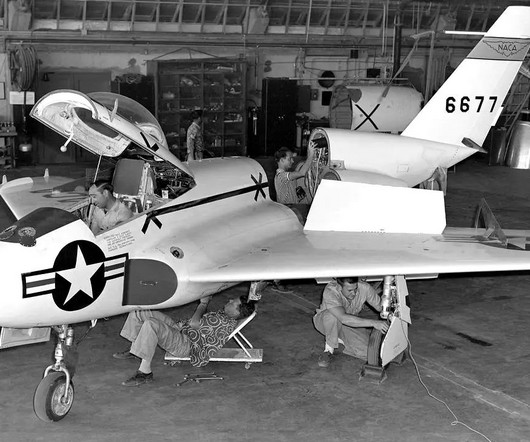Learning Aeronautical Engineering From Historic Aircraft Designs
Vintage Aviation News
APRIL 1, 2025
Studying historical aircraft helps students understand the development of flight and learn from early engineers about problems of lift, propulsion, stability, and material constraints. The Boeing 707 (1957) proved that big passenger planes could be both profitable and efficient, hence launching the modern airline sector.










Let's personalize your content